Kitchen Guides
How to Design an Ergonomic Kitchen
Find out how to create a smart kitchen that allows good work flow, increases efficiency and ensures stress-free cooking
An ergonomic kitchen is a well-organised kitchen that increases productivity and allows one to comfortably prepare meals with the least waste of time and energy.
To achieve an ergonomic kitchen, one does not have to dismantle an existing kitchen; one can rearrange the existing kitchen and make it more efficient. The best part about an ergonomic kitchen is that it is easy to manage and allows one to efficiently multitask between different kitchen activities by reducing unnecessary body movements that might cause fatigue.
This article will tell you how to create an ergonomic kitchen within an existing kitchen by dividing the kitchen into five zones according to different kitchen functions and how to organise each zone efficiently.
To achieve an ergonomic kitchen, one does not have to dismantle an existing kitchen; one can rearrange the existing kitchen and make it more efficient. The best part about an ergonomic kitchen is that it is easy to manage and allows one to efficiently multitask between different kitchen activities by reducing unnecessary body movements that might cause fatigue.
This article will tell you how to create an ergonomic kitchen within an existing kitchen by dividing the kitchen into five zones according to different kitchen functions and how to organise each zone efficiently.
- Consider wall-hung accessories or open shelves near the cooktop for quick access to commonly used ingredients like salt, pepper, basic spices, tea, coffee, sugar and so on.
2. Food preparation zone
- Demarcate one portion of the countertop for food preparation. All the essential everyday utensils, chopping boards, spices and oils should be stored in this area.
- Provide sufficient lighting for the food preparation zone. Install LED downlights or strip lights underneath the wall-mounted cabinets to illuminate the countertop.
- In an existing kitchen, the position of the cooktop, refrigerator and sink is fixed, so one cannot do much to incorporate an efficient kitchen work triangle. But do create an unobstructed path between the cooktop, sink and refrigerator for a good workflow.
3. Cleaning area
- This area accommodates the dishwasher and the sink. Try to keep all your cleaning supplies in the under-sink area for organised and easy access.
- There should be at least 3 feet of countertop space on one side of the sink to dry the utensils and segregate the soiled and clean vessels.
- Make sure to choose a faucet according to the size of the sink so that the water does not splash outwards onto the countertop or the floor.
L Shaped Modular Kitchens
4. Food storage
- A food storage area includes the refrigerator for keeping perishable food items and storage cabinets for keeping non-perishable food items.
- There should be at least 3 feet countertop space near the refrigerator, so that the food can be easily removed from the refrigerator and placed on the countertop or vice versa, when the refrigerator is open.
- Dedicate one cabinet for storage of non-perishable food items. In this example, just see how a tall cabinet with adjustable roll-outs works as a pantry.
- Arrange the food items in such a way that everything is visible at one go. There should be no difficulty in searching for the ingredients.
- Make sure that the tall cabinet is placed at one end of the kitchen so that it does not break the continuity of the kitchen countertop.
5. Main storage
The main storage area includes storage for dishes, serving plates, glasses and cutlery.
The main storage area includes storage for dishes, serving plates, glasses and cutlery.
- Consider having differently-sized drawers with two or three different depths for keeping utensils as per their sizes.
- Frequently used items should be placed in the top drawer. Items that are seldom used should be kept in the overhead cabinets that are above a level of 7 feet.
- Try to store items as per their weight: heavy items should be at a level somewhere in between one’s hip and shoulder, medium-weight items should be kept below the heavy items and the light items such as plastic boxes should be kept below the medium-weight items.
- Group all the electrical appliances such as the toaster, juicer and blender together and park them in a single cabinet instead of keeping them on the countertop. This arrangement will create an organised and clutter-free space in the kitchen.
- Ensure good space management and make the kitchen look cleaner with kitchen organisers. These organisers will not only allow you to save valuable kitchen space and but also make your kitchen look aesthetically more pleasing.
Bathroom Ergonomics: 9 Tips for Designing an Efficient Space
10 Fundamental Kitchen Dimensions You Need to Know
Tell us:
How have you organised your kitchen so that it can function systematically? Share your ideas in Comments below.



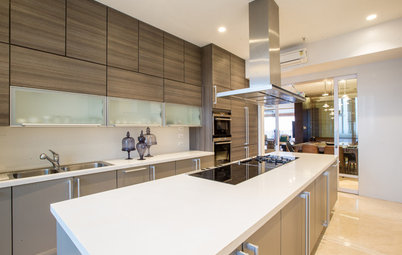
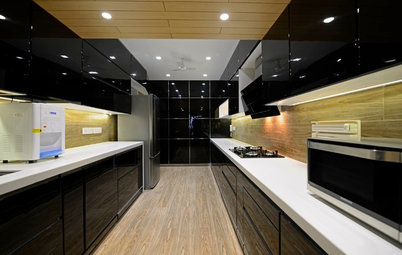
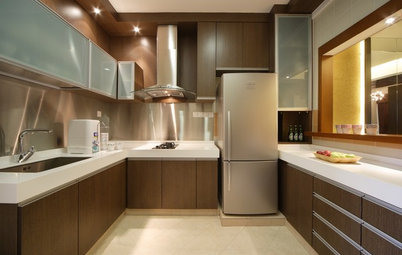
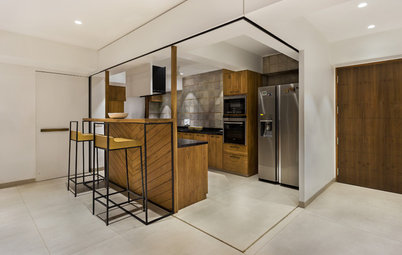
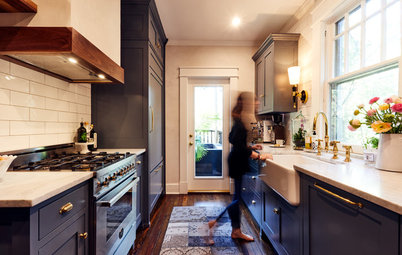
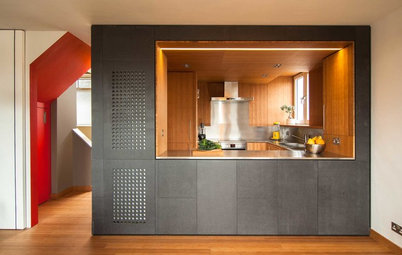
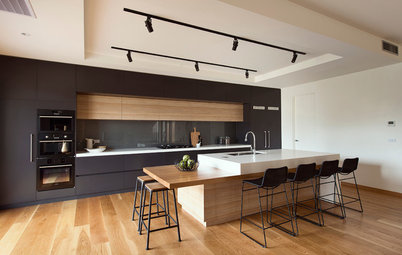
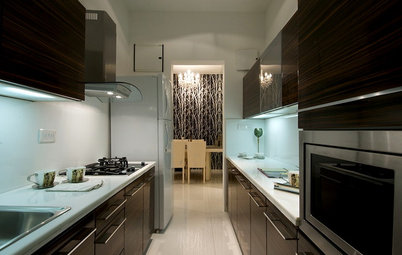
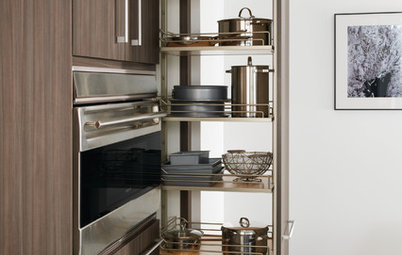
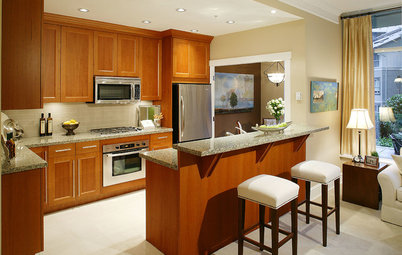
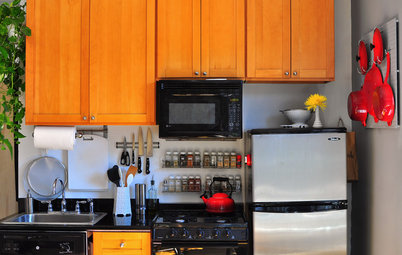
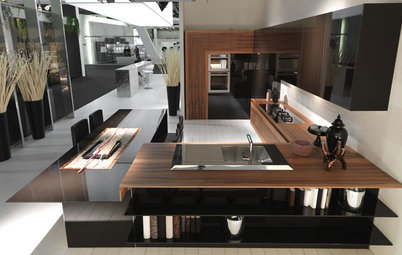
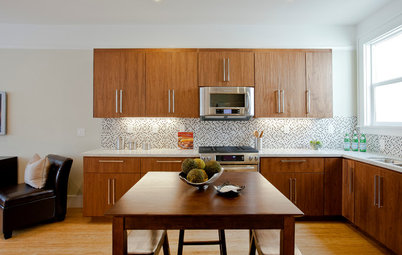
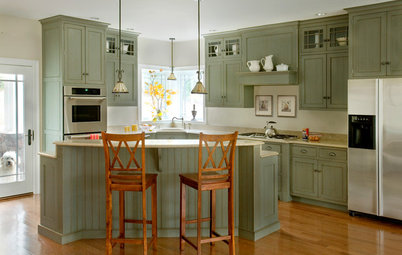
The cooking area includes the cooktop and the chimney.